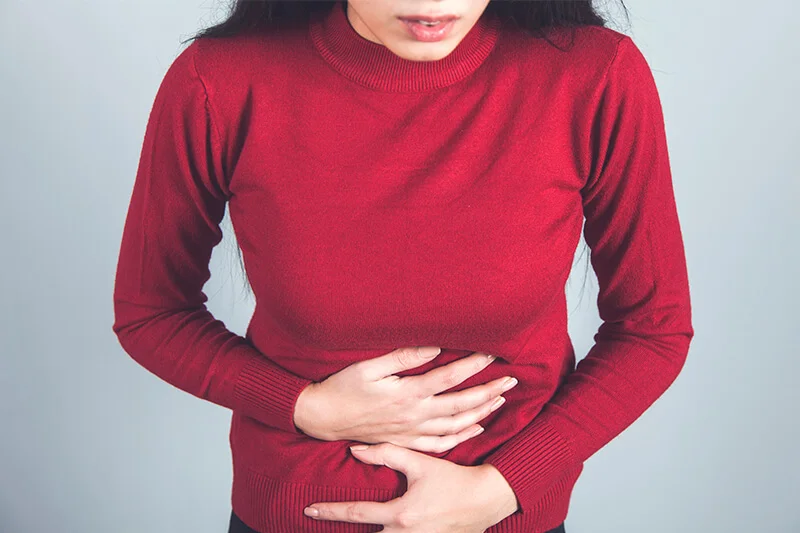The anxiety of experiencing pain after an obesity surgery causes many patients who have already exceeded the obesity limit, even morbidly obese, to fear or even avoid the surgery. However, the pain after obesity surgeries performed with highly developed technology and methods all over the world is quite minimal. Although the intensity of the pain after a gastric sleeve surgery varies from person to person and is at the same level as the pain experienced after operations such as appendicitis, hernia or caesarean section in women.
Back Pain After a Gastric Sleeve Surgery
Back pain after a gastric sleeve surgery can sometimes be caused by the patient’s back muscles contracting too much due to stress before the surgery and as a result of this, the back muscles may be stiff. With the help of muscle relaxants and painkillers, we can get rid of these pains in a short time. After the surgery, patients should start taking walks while they are in the hospital to reduce their pain.
Abdominal Pain After a Gastric Sleeve Surgery
The preoperative health status of the patient preparing for surgery, intestinal sensitivity, eating habits, the proximity of menstrual periods in women and even what they ate the day before the surgery are among the factors that determine the severity of abdominal pain after a gastric sleeve surgery. Although intestinal and digestive system sensitivity causes more gas complaints and more abdominal pain after a gastric sleeve surgery, these pains are never experienced in a very serious or frightening scale.
In order to minimise abdominal pain after sleeve gastrectomy surgery, patients should be fed with liquid and light vegetables on the last day before surgery, drink plenty of fluids, avoid fatty fried foods and pastries, and especially not consume red meat.
Leg Pain After a Gastric Sleeve Surgery
Leg pain is a rare condition after a gastric sleeve surgery. It is known that the position of the patient during the surgery causes this pain. Leg pain after a gastric sleeve surgery is felt as numbness, tingling or mild tingling in the first week – ten days, and disappears over time without the need for any intervention.




